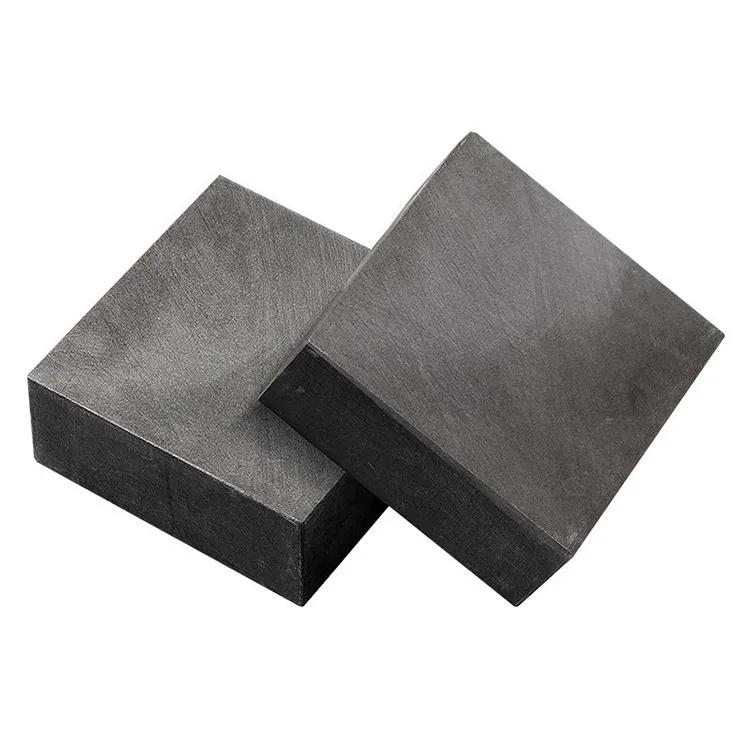A Comprehensive Guide to Graphite Plates: Types, Manufacturing, and Selection Tips
2024-11-21
Graphite plates are widely used in various applications, ranging from heat management to electrochemical systems. To maximize their benefits, it's essential to understand the different types, how they are manufactured, and the key factors to consider when selecting the right plate for your needs.
Types of Graphite Plates
1. Natural Graphite Plates:
- Derived from naturally occurring graphite.
- Known for high thermal conductivity and affordability.
2. Synthetic Graphite Plates:
- Manufactured through high-temperature treatment of carbon materials.
- Offers higher purity and superior uniformity.
3. Flexible Graphite Plates:
- Made from compressed exfoliated graphite.
- Flexible and suitable for sealing applications.
4. Graphite Composite Plates:
- Reinforced with materials like resin or carbon fibers.
- Combines strength and thermal performance.
How Are Graphite Plates Manufactured?
1. Raw Material Preparation:
- Natural graphite is mined and purified, while synthetic graphite is produced from carbon-based precursors.
2. Shaping:
- The graphite material is compressed or molded into sheets of desired thickness and dimensions.
3. Thermal Treatment:
- Plates undergo high-temperature processing to enhance structural integrity and conductivity.
4. Surface Treatment:
- Coatings or finishes may be applied for specific applications, such as oxidation resistance.
Factors to Consider When Selecting Graphite Plates
1. Application Requirements:
- Define whether the plate will be used for thermal management, electrical conductivity, or chemical resistance.
2. Operating Environment:
- Consider temperature range, chemical exposure, and mechanical stress.
3. Material Type:
- Choose between natural, synthetic, flexible, or composite graphite based on performance needs.
4. Customization Options:
- Determine if you need specific dimensions, surface treatments, or additional features.
5. Cost and Longevity:
- Balance upfront costs with the expected lifespan and performance of the plate.
Innovations in Graphite Plate Technology
1. Enhanced Thermal Conductivity:
- Research in nanostructured graphite materials is improving heat dissipation capabilities.
2. Lightweight Composites:
- Advanced composites integrate graphite plates with lightweight reinforcements for aerospace and automotive use.
3. Eco-Friendly Manufacturing:
- Sustainable production processes focus on reducing energy use and waste.
Choosing the right graphite plate involves understanding its type, properties, and compatibility with your application. With advancements in materials and manufacturing, graphite plates continue to offer unparalleled performance across industries. By considering the factors outlined in this guide, you can ensure optimal results for your specific needs.



